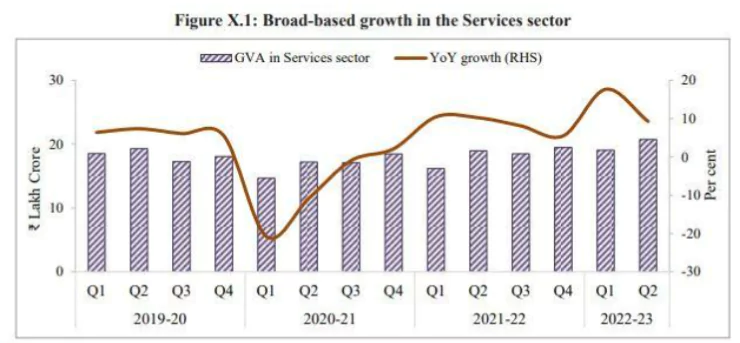![]() April 5, 2024
April 5, 2024
![]() 2218
2218
![]() 0
0

| Insurance sector reforms in India started with the formation of the Malhotra Committee in 1993. |
Tourism Initiatives by Government of India
National Digital Communication Policy 2018
Objectives
Features
Telecom Technology Fund
PM WANI (Wi-Fi Access Network Interface)
Initiatives taken to promote Digital Financial Services
| Must Read | |
| Current Affairs | Editorial Analysis |
| Upsc Notes | Upsc Blogs |
| NCERT Notes | Free Main Answer Writing |
| Related Articles | |
| Indian Economy: Evolution | Basics of Money |
| Banks in India | Financial Market |
| Indian Insurance Sector | Financial Inclusion |
<div class="new-fform">
</div>
Latest Comments